Most people encounter the cultural impact of Mary Shelley’s Frankenstein long before they read the novel, if they ever do. At Halloween parties as children or while watching scary films, we’re presented with the popular image of Frankenstein: green-faced and droopy-eyed, with an imposing stature and screws in his neck.
If you read the novel, you’ll be surprised to find out that the real Frankenstein monster has yellow skin, not green, and that he doesn’t have a name at all–Frankenstein is the name of his creator, not the name of the monster itself.
The disparity between the Frankenstein American culture knows and the Frankenstein of Shelley’s book suggests the way we imagine Frankenstein, both the novel and the character, has changed since the book’s publication in 1818. We imagine Frankenstein to be all about the monster, but Mary Shelley’s titling suggests that the book’s central figure may not be the creature but rather his creator, Victor Frankenstein. Perhaps it is the case, too, that the real monster is not the creature but Victor Frankenstein himself.
The novel follows Victor Frankenstein’s endeavors to create life and the repercussions of that endeavor. He successfully creates a living creature, a massive 8-foot monster which disturbs and frightens him. The creature is undoubtedly vengeful and violent, directly or indirectly causing the deaths of many of Victor’s loved ones. The monster’s violence stems from his rejection and mistreatment. Over time, he learns to read and anonymously helps the tenants of a small cottage, only for them to be repulsed by him.
Both Frankenstein and the monster suffer at the other’s hand and both feel separated from humanity as a result. Victor refuses to create a female companion for the creature who would understand him. Though they are at odds in their isolation, their circumstances and emotions are remarkably similar–both are, in their own way, monsters and victims.
The monster Shelley created has been, over time, reduced to a fearsome caricature, but the creature in the novel is emotionally complex even as he is frightening, and his complexity prompts consideration of what we owe to what we create and to our creators, what the limits of human knowledge should be, and what defines humanity.
Mary Shelley was just eighteen, when she and a few other writers, including Percy Shelley and Lord Byron, competed with one another to write the best horror story.
Following in the footsteps of her influential parents, philosopher William Godwin and proto-feminist Mary Wollstonecraft, Mary Shelley was an innovative writer and thinker.
Frankenstein is considered by many to be an “early example of science fiction” (Encyclopedia Britannica).
It is remarkable that such a complex novel was crafted by such a young author.
Shelley wrote several other novels, but Frankenstein is no doubt her most famous work in both the popular consciousness and in academic criticism. Though the popular image of Frankenstein is in some ways erroneous, that green-faced Frankenstein raises its own productive questions about a landmark work of literature.
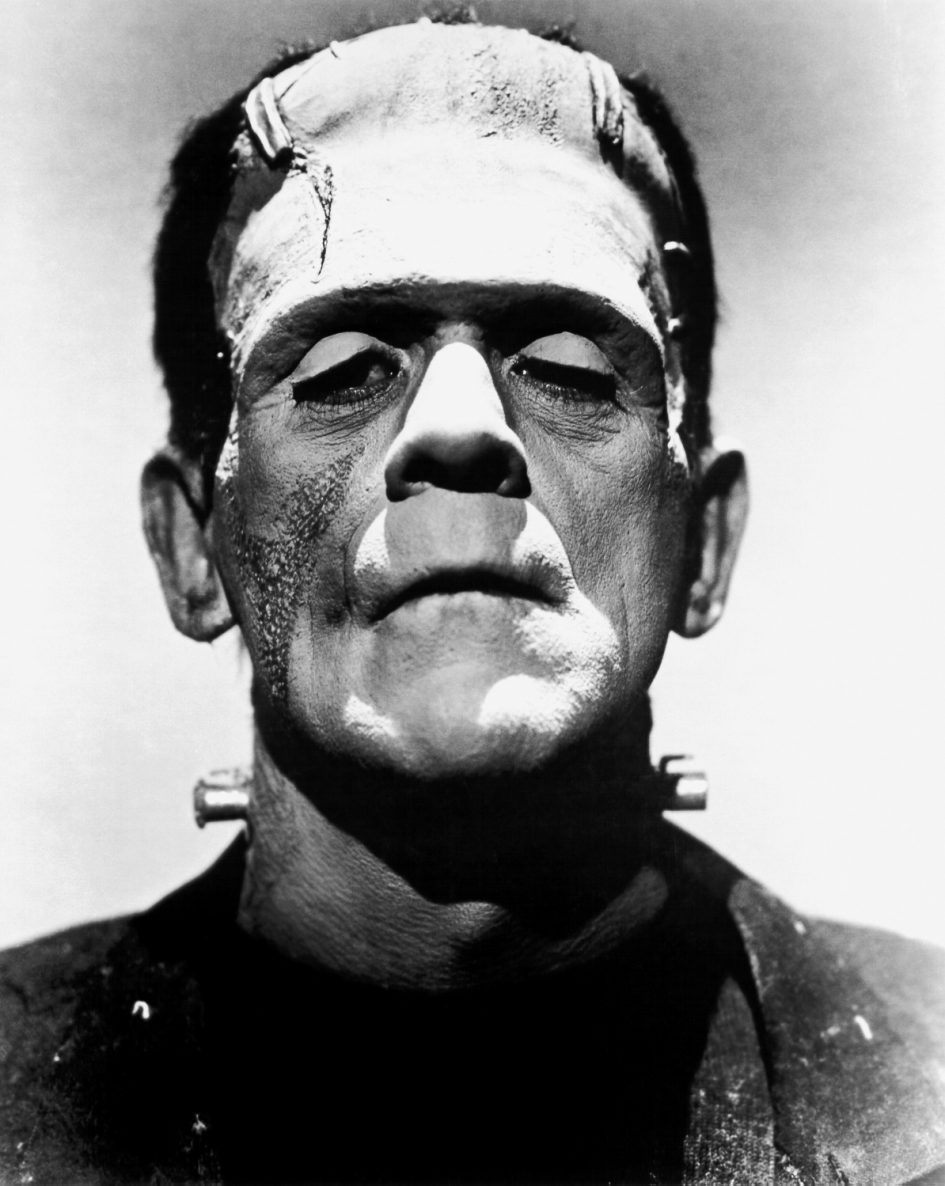

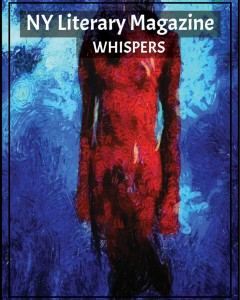
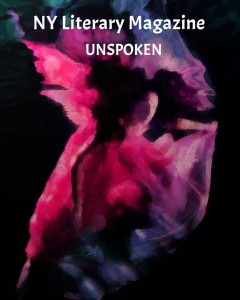
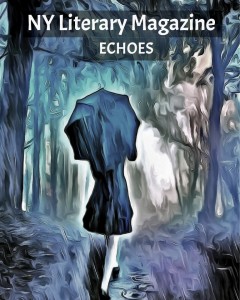
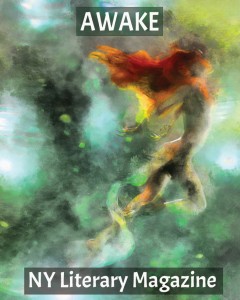

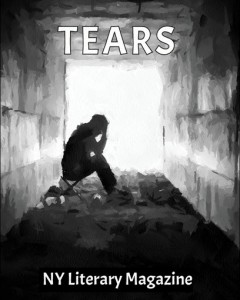



Leave a Reply
You must be logged in to post a comment.